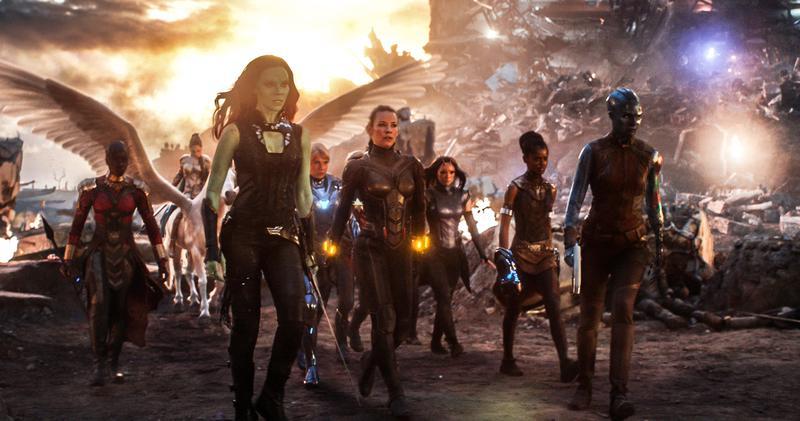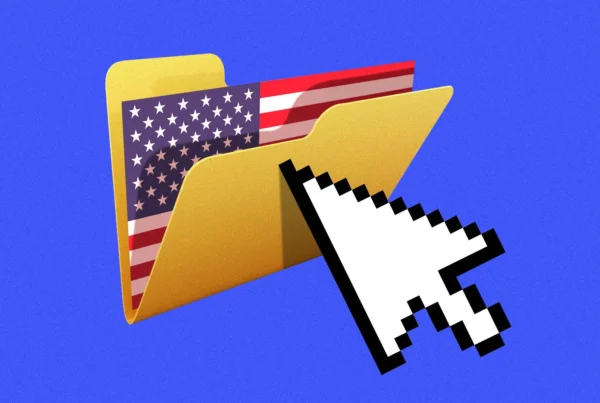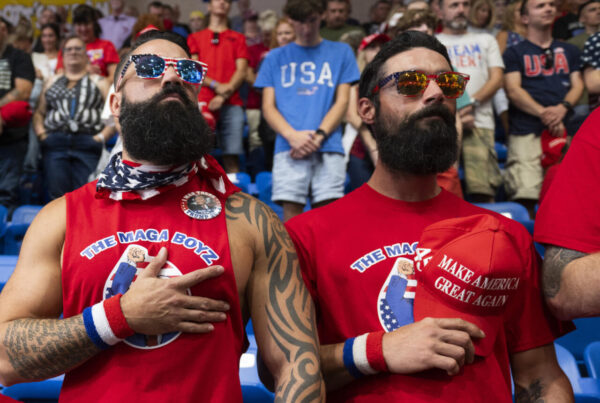Hollywood has a problem. In its attempt to champion female empowerment, it has turned the concept of a “strong female lead” into an empty marketing buzzword. Rather than crafting compelling, multi-dimensional women, studios keep churning out hyper-competent, emotionless archetypes that lack depth, flaws, or genuine character development. In doing so, they are not uplifting women, they are reducing them to a hollow ideal that is just as restrictive as the “hot love interest” trope they claim to be breaking away from.
Historically, female characters in mainstream media were often relegated to supporting roles defined by their relationships to men. Love interests, damsels in distress, and maternal figures dominated the screen. As calls for gender diversity in storytelling grew, Hollywood saw an opportunity to cash in. Enter the “strong female character” revolution, where women could finally be front and center, but only under one condition: they had to be invincible.
This shift makes sense on the surface. Audiences wanted more diverse female roles, and studios wanted to appear progressive (and make a profit). However, instead of crafting female leads with complexity, studios settled on a formula: give her a tough exterior, a set of combat skills, and minimal emotional range—all traditionally considered male traits. The result? A wave of female characters who are physically strong but narratively shallow.
But what makes a female character strong? Strength in storytelling is not about physical prowess. A well-written character has depth, personal morals, flaws, and a journey that makes them relatable. Think Sarah Connor from “Terminator 2”, who evolves from a terrified woman into a hardened protector, yet still grapples with fear and vulnerability. Cinderella, despite being associated with a traditional femininity which views women as the weaker sex, is strong in her kindness and resilience. Belle (“Beauty and the Beast”) and Jasmine (“Aladdin”) are driven by personal dreams beyond romance—Belle seeks adventure and knowledge, Jasmine desires freedom. Characters must have both external and internal motivations, they can not simply be one dimensional. Take Rapunzel from Tangled—her external motivation is going to see the floating lights. Her internal motivation is to see the world and belong in it. This complexity, along with her strong moral convictions, creates strength in her character. As seen in the examples above, Disney is capable of creating female characters with strength and motivations. However, it seems that the golden age of female representation is over, and in a relentless pursuit of profit and relevance, Disney, and Hollywood in general, has mistaken strength for supremacy.
Modern “strong female leads” are often reduced to blank slates who can do everything without struggle. Captain Marvel, for instance, is introduced as powerful from the start, leaving little room for growth. Similarly, Disney’s live-action Mulan removes the original character’s arc of perseverance and replaces it with innate ability, stripping her of relatability. She becomes strong just for the sake of being strong. There is no struggle or depth in becoming strong. These characters are not strong, they are untouchable, and therefore, uninteresting.
Men in film are allowed to be deeply flawed, vulnerable, and even morally gray while still being compelling, while women often revolve around the male characters (as seen through tools such as the Bechedel test). Tony Stark (“Iron Man”) is arrogant and self-destructive, yet loved for his intelligence and charm. Sherlock Holmes (played by Benedict Cumberbatch) is eccentric and often insufferable, but fascinating to watch. Why, then, do female characters need to be the embodiment of perfection? This is why “Barbie” resonated so deeply with audiences. The film acknowledges that strength is not just about winning fights, it’s about resilience, identity, and emotional depth. Barbie’s journey is not about proving she is as tough as a man, but about discovering her worth outside of societal expectations. The film treated her as a person, not a product designed to satisfy corporate diversity quotas.
This is different from the forced feminism in recent blockbusters. Take the infamous Avengers: Endgame scene where all the female heroes unite in battle:
CAROL LANDS IN FRONT OF A DAZED PETER PARKER, WHO STILL HOLDS THE GAUNTLET TIGHT. HE LOOKS UP, CONFUSED.
PETER PARKER
Uh, hey. I’m Peter Parker.
CAROL DANVERS
Hey, Peter Parker. You got something for me?
Peter hands it over, staring out at the approaching horde.
PETER PARKER
I don’t know how you’re gonna get it through all that
WANDA (O.S.)
Don’t worry, kid…
Peter turns to see…
WANDA, OKOYE, GAMORA, NEBULA, VALKYRIE, HOPE, AND SHURI WAITING. Wanda’s hands begin to glow.
OKOYE
She’s got help.
Carol glances at PEPPER and MANTIS, then tucks the gauntlet under her arm AND LEADS THEM OUT.
–”Avengers Endgame”, final battle against Thanos.
On the surface, it appears empowering. But in reality, it feels like a shallow, out-of-place marketing gimmick rather than an organic moment of storytelling. Audiences weren’t moved; they were reminded that Disney was trying to sell “girl power” rather than genuinely representing women. Actress Emily Blunt has expressed frustration with the way “strong female leads” are written, saying, “It’s the worst thing ever when you open a script and read the words ‘strong female lead.’ That makes me roll my eyes. I’m already out. I’m bored. Those roles are written as incredibly stoic, you spend the whole time acting tough and saying tough things.”
One major casualty of this obsession with independence is romance. Movie producers also seem to forget when creating the “strong female character” that love is not a problem, nor always the end goal. Hollywood seems afraid to let female characters genuinely fall in love, assuming doing so weakens them. While love interests used to be shoehorned in, now romance is avoided entirely, as if wanting love is anti-feminist. But humans crave connection. “Snow White” actress Rachel Zegler faced backlash for criticizing the “true love” aspect of her role, yet audiences have proven time and again that love stories remain deeply meaningful. Films in the past allowed female characters to have diverse motivations—freedom, adventure, knowledge, and, yes, even love. Removing romance altogether is not progress; it is denying a fundamental part of human experience. In an effort to prevent women from being solely love interests, movie creators have ignored it entirely. The solution is not to stop speaking about love but rather make one where it is complex and not the sole driver of the story.
Producers do not seem to understand what audiences want from female characters. The answer is very simple: variety. No single archetype can represent all women. While indie films continue to produce beautifully flawed female protagonists, mainstream cinema remains stuck in a cycle of hollow empowerment. We want female characters who are allowed to be human. This means giving them the full range of emotions—joy, fear, anger, and love. We want to see them fail, struggle, and grow. We want stories where women can be heroes without being invincible, where they can be leaders without being emotionless, and where their femininity is not treated as a liability or a superpower, but simply as part of who they are. Characters like Jinx from “Arcane”, who is deeply flawed yet compelling, or Lady Bird from eponymous film , whose coming-of-age journey is relatable and raw, showcase what is possible when female characters are given depth. We also need space for different types of women—those who are warriors, thinkers, romantics, rebels, and everything in between. If Hollywood truly wants to empower women, it must stop reducing them to one-dimensional tropes and start treating them as real people with diverse, meaningful stories.
Other posts that may interest you:
- The Boyz, Trump, and Online Radicalization
- Sensationalism versus Sensitivity: Femicide Representation in Media
- Changes in Stardom and Parasocial Bonds in the Age of Instant Fame
- In Critique of “Sheep and Shepherd” Mentality
Discover more from The Sundial Press
Subscribe to get the latest posts sent to your email.





